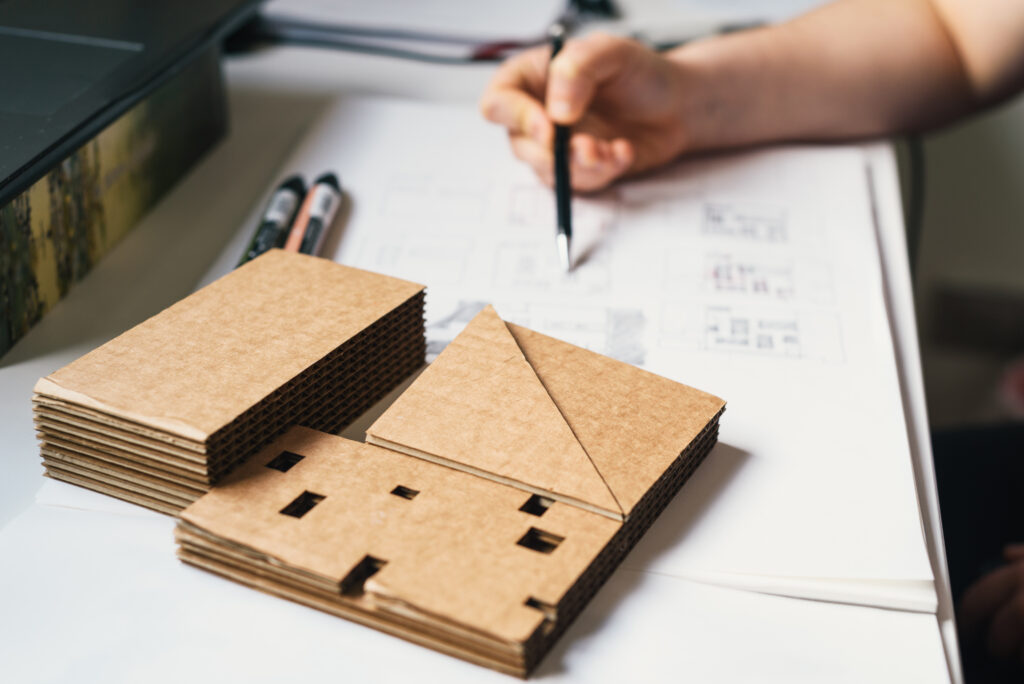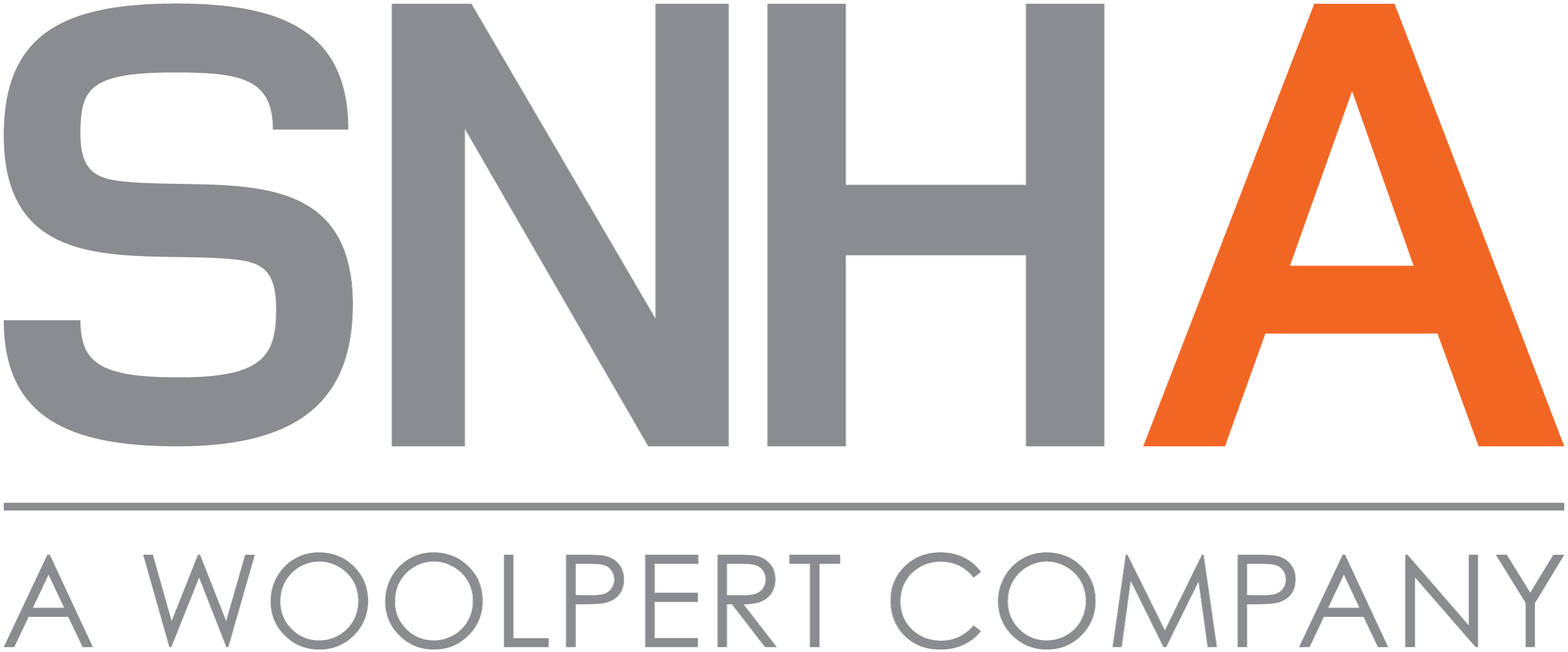
An Open Letter To Emerging Architects and Designers
With the pandemic casting a veil of uncertainty on the path to career advancement, we know you’re wondering how to navigate this unprecedented time in education and career strategy as you look to gain a foothold in the industry.
As a firm of recent graduates and industry veterans alike, we want to first say this: welcome. The future has always been uncertain — but following your talent and passion has always been a good idea. To that end, we’d like to share some words of encouragement and advice to help keep your enthusiasm high as you take your first steps into the industry all of us feel so passionately about.
When SNHA staff stepped forward to offer you their tried and tested wisdom on getting a foothold and moving forward in the profession, Associate Principal Duane Hill noted that displaying confidence — including the confidence to make a real impression, even in our socially distanced times, can be the door opener to the next level.
“I once had a boss at a very large firm say to me, ‘I want to promote you, but the other senior leaders don’t know you. Make a point of meeting each of them so they know who you are.’ Following his advice, I made a point of ensuring everyone at the firm knew who I was, and I was promoted shortly after. This lesson isn’t lost now that most of us are working from home.
While you are working from home and interacting with colleagues, make sure that people can see you. It’s easy to be forgotten or overlooked when people don’t see you, and now that we are not in the office, this can be challenging. I recommend having an image of yourself attached to your emails and always using videoconferencing with your camera on.”
Once your associates know who you are, remember to keep surprising them with all the constantly changing capabilities, interests and budding expertise you bring to the table. Jordan Lutren says that extending your reach is a lifelong project — and a worthy one.
“The more you can diversify your skills and thought patterns, the stronger your ability to meet design challenges. For emerging professionals, a broader and sometimes atypical portfolio can help get your foot in the door at a lot of offices. It can also expose opportunities outside of traditional practice. Wherever you land, a more varied background means you bring unique skills and perspectives to the table, which strengthens any firm and your ability to advance within it.
Over the past five years, I’ve participated in around 23 design competitions and community events. These have ranged drastically in size and scope: from napkin sketches to skyscrapers, canned food sculptures to moon base concepts. I’ve also taken improv classes, which have expanded my creative thinking patterns and ability to collaborate with groups. All these ‘extracurriculars’ have given me novel toolsets and an ability to thrive at SNHA, so I recommend similar efforts to anyone in the industry.
For competitions, it’s valuable to pursue briefs that are unrelated to what you normally work on. My focus in the office is on ‘hyperscale data centers,’ but the competitions I enter might include designing furniture out of cardboard boxes, technologies that fight global warming, art installations, and so on. My favorite was the Volume Zero – Moonception competition. What I valued most about the experience was it allowed me to experiment with representational methodologies that I had previously shied away from. I learned about and developed minimalistic design and representation techniques, which I now incorporate into parts of my everyday workflow.”
And when you do find your passion, don’t be afraid to drill down, says Sonia Navas — find opportunity in today’s challenging climate for professional advancement by investing your time in developing an area of focus.
“I encourage you to explore and discover what area of architecture you like most, try to learn as much as possible, and pursue it. When I finished architecture school, I was really lucky to be able to work in different studios, exploring the different types of buildings. At my first job, I worked on my first data center for a major bank client and also participated in a lot of civic and healthcare competitions. I then moved to a studio designing homes and apartment buildings. When I moved to the United States, I expanded my experience to building college and military campuses, and also gained experience in corporate interior offices and retail buildings. Because I have broad experience with different building typology, I am able to work at different scales, from small, single-family homes to large, 10-building college campuses. I am also able to say confidently the areas of architecture I am most interested in are data centers and housing!
Nowadays we are all connected through technology, so you can always reach out to someone who will point you in the right direction to get the experience you are seeking. Additionally, there are tons of conferences to attend and additional resources like American Institute of Architects where you can learn about the different areas of architecture. Also take advantage of what is around you. Chicago is a great city for architecture!”
While these circumstances are unique, do not be discouraged. This can be a time of discovery, a time to prove your worth, a time to enhance your skillset.
Continue forward with excitement, ambition, optimism, and confidence.
